What is the paperless office?
And is it ever possible to be one?
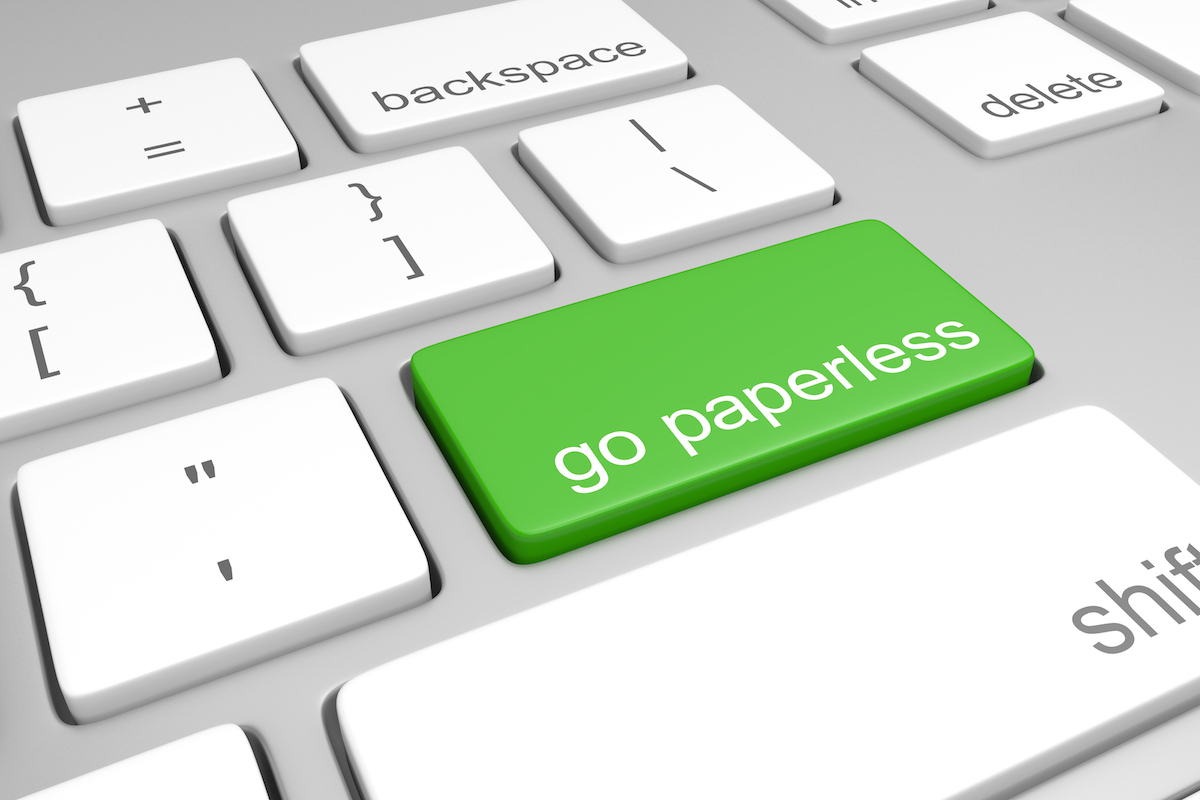

The world has changed dramatically over the last two years, and so have our work habits. Many of us swapped hot desking for working from home, while the long-awaited return to the office saw many companies introduce COVID safety measures and even mandatory vaccination policies.
However, some changes have been less significant and more subtle. For instance, when was the last time you asked your coworker to lend you a sheet sleeve (with little to none intention of returning it) or bought a new document organiser?
Many of us have traded the physical, polyurethane storage format for a cloud-based one, which offers to take the weight off our shoulders. Even the most important contracts, which used to require a handwritten signature, can now be signed with a click of a mouse or a tap on the screen.
As a result, paper documents are slowly becoming obsolete, having been replaced by digital files that are easier to edit, store, and even protect from prying eyes. Although the pandemic’s shift to remote working has been a powerful accelerator for the adoption of cloud storage, it’s the post-pandemic hybrid work model that has further buried the need for anything paper.
After all, why would anyone want to worry about taking stacks of paper back and forth between the office and home, when all you have to do is log into your cloud account?
Nevertheless, many of us can still feel wary about completely abandoning paper – after all, this timeless medium has been around for thousands of years, hence there must be something to it. Whether you’re looking to simply reduce your use of paper for environmental purposes or get rid of physical files completely, we explore how going paperless can be beneficial to your business.
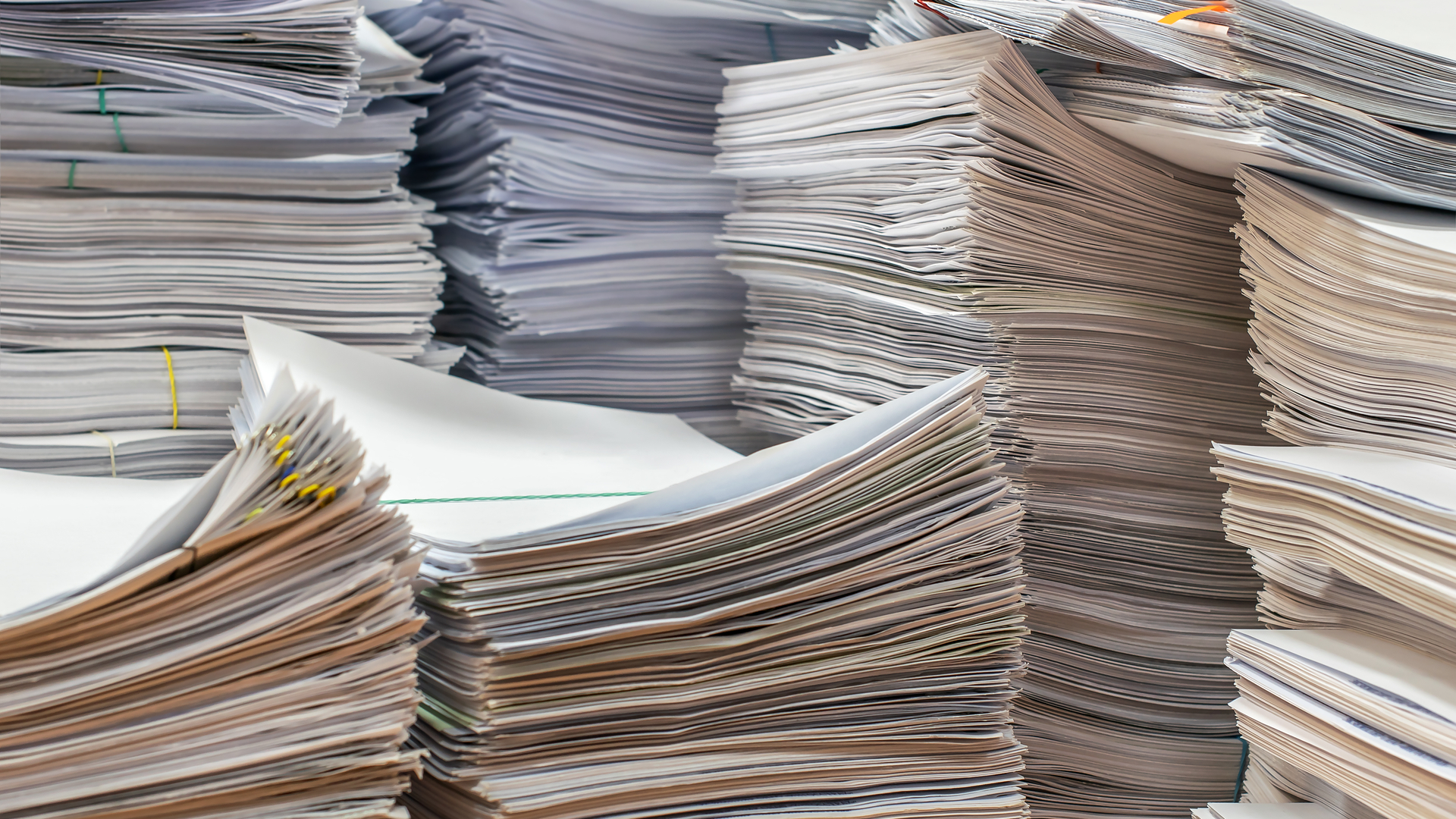
The benefits of a paperless office
From an environmental standpoint, the less paper we use the better. On average, a UK worker will get through some 10,000 sheets of paper, according to figures from the ORS Group. That might not seem so bad in isolation, but the number is worse when we factor in the number of employees across the country. Reducing use, and removing paper waste, is a benefit to the environment and can help to create a socially responsible culture within a company.
Get the ITPro daily newsletter
Sign up today and you will receive a free copy of our Future Focus 2025 report - the leading guidance on AI, cybersecurity and other IT challenges as per 700+ senior executives
There are also financial benefits to ditching paper; just think about all those packs of A4 needed for printers, or the wasted sheets filled with typos or half-thought out ideas. It all adds up and that money could be recouped as a pure saving or used elsewhere. Also, think of the space you'll have not storing packs of paper in the cabinet.
Some may point to security issues when it comes to ditching paper; digital data comes with its own risks and whether that's physical or digital, GDPR is in place to make sure businesses keep tighter controls on all assets that contain identifiable information - which is a headach of its own.
That being said, the risks with paper are quite significant. Documents can easily fall - or be passed - into the wrong hands, particularly if they're not filed away correctly or at all. What's worse, unless you make two or three physical copies of everything, paper isn't usually backed up meaning there will be no record if you lose all your documents in a fire or theft. Whereas digital documents are now backed up to the cloud automatically.
How to switch to a paperless office
There are smart things companies can do in their quest to become paperless. These include common sense tactics like better educating employees or using smart printers that are overt to employees in terms of cost every time they print something or can only be accessed with an ID card, for example.
RELATED RESOURCE
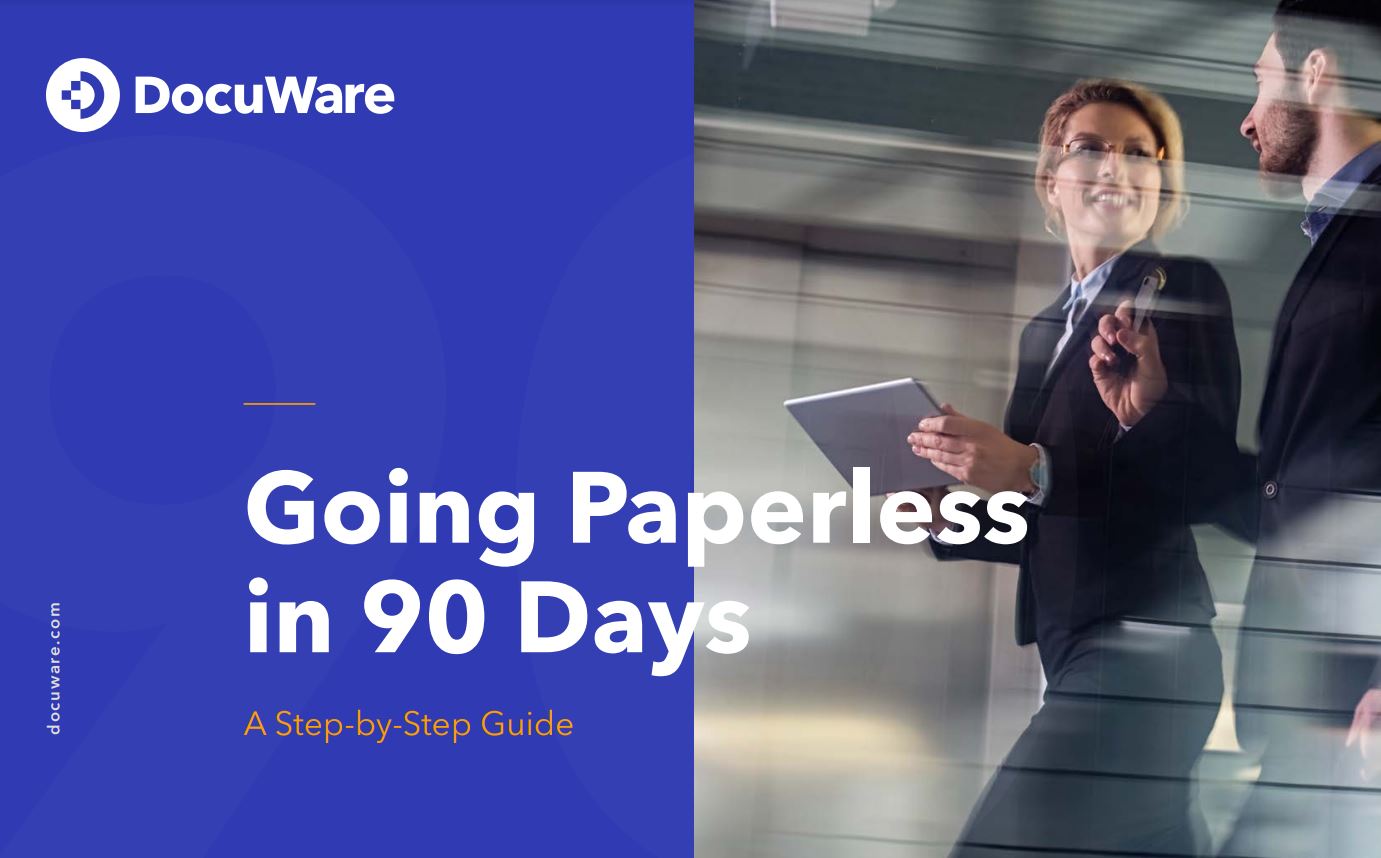
Encouraging employees to only print when necessary and to do so on both sides of the page also goes some way to reducing waste.
Ultimately, it's about buy-in though. If employees think it's purely a cost-cutting measure they may not pull in the same direction. However, if they understand that those costs can help ensure the health of the business or the environment and/or be re-invested elsewhere in the firm, it may suddenly make much more sense.
"Instead of setting goals based on reducing costs or increasing profits, find out why employees would want to reduce paper in the office and set actionable initiatives around these reasons. Is it to reduce clutter, create more efficient processes, reduce monotonous data entry, or simply to reduce waste and be a greener company? Based on the benefits that would be realised by employees, set goals that revolve around what employees find valuable," states Nektar in its guidance on reducing paper consumption in the office.
"If objectives and goals are clearly defined and engage employees, then once these goals have been achieved, measures such as reducing costs should follow."
Nektar goes one step further in its advice, suggesting employees shouldn't just be consulted but asked to lead the change, adding: "This is one step that we cannot stress enough. When management attempts to change the workplace without any input from employees, the results are often not what are expected. Letting employees have a say will make them much more likely to not only adopt, but to lead the change.
"Employees that deal daily with paper will likely already have an idea of where redundancies lie or where the use of paper can be reduced or eliminated, so tapping into this knowledge is crucial."
The WWF also offers five key tips for reducing paper consumption in the workplace:
- Think before you print
- Use both sides of the sheet
- Avoid printing emails or too many copies
- Use technology to help, such as scanners or email
- Recycle what you use and ask to use recycled paper
If these tips are followed, the WWF believes most businesses can reduce their paper consumption by at least 20%.
Is it possible to be paperless?
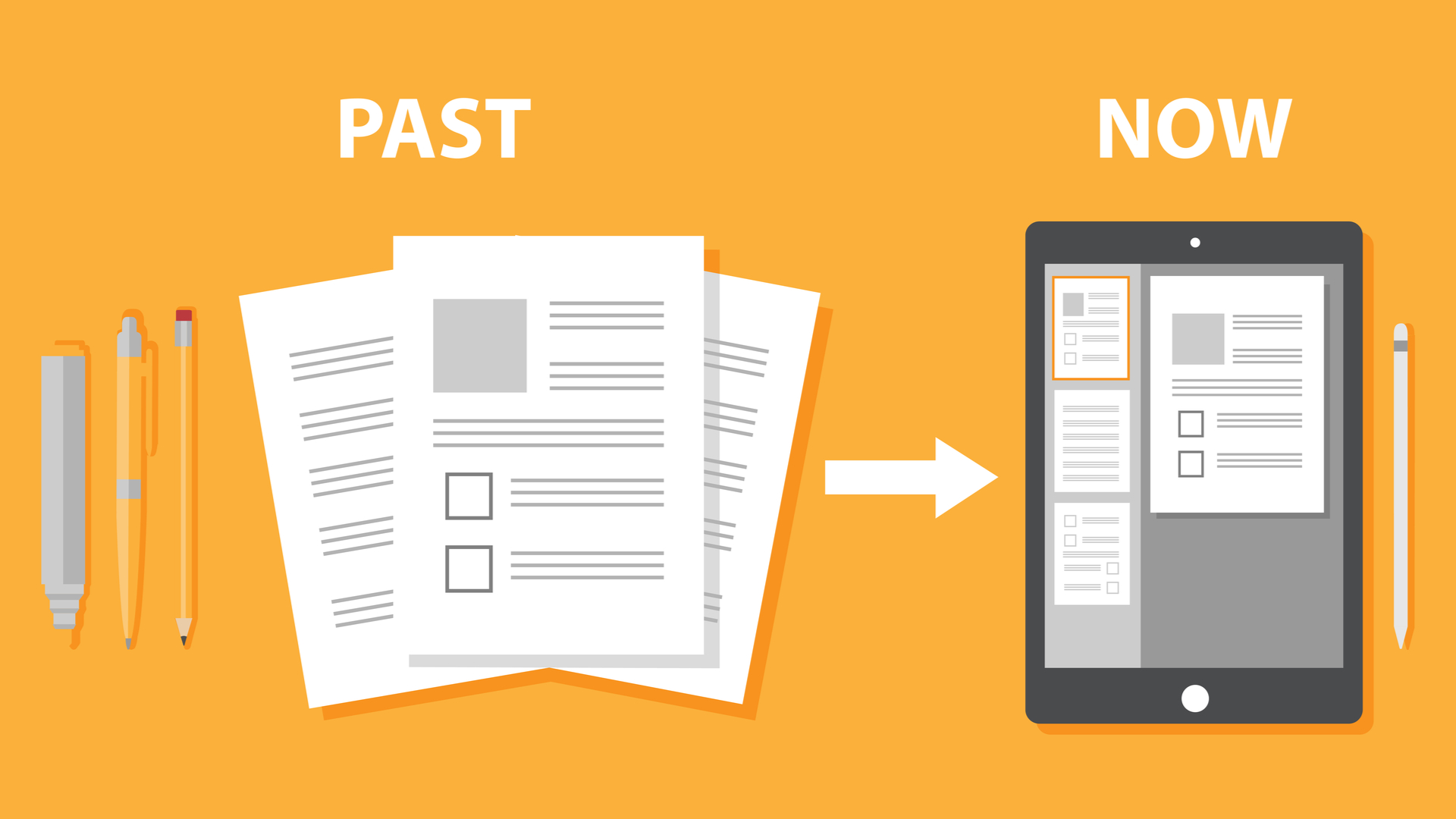
Presently, announcing paperless initiatives is becoming a hot trend particularly within governmental offices. Often, however, these declarations are only partially true.
"A paperless office is a smart and prudent goal for businesses to have, but it's a lofty one," wrote Heinan Landa in an article published in Biz Journals on the topic.
RELATED RESOURCE

Organisations accelerating their digital workplace achieve improvements
See the biggest return on device investments
"We have a ways to go before we get anywhere close to going truly paperless'," he added. "In the same way that older generations aren't ready to give up their BlackBerry or their Rolodex, those in the workforce today just aren't ready to give up paper."
In reality, despite going paperless being an ambition spanning decades, it may be destined to remain a pipedream. Sometimes editors just prefer working from physical paper, occasionally 'wet signatures' are required to sign legal documentation, and teams may print fliers to hand-out at trade-shows or advertise the next yoga session held in the basement.
It may be more realistic to instead adopt a 'paper-light' approach, one which focused on reducing reliance on paper while accepting that at times digitising is not a suitable substitute. Given this more achievable aim, employees should support the process more fully, and quickly see their efforts bear fruit.
So, it's clear that while it is possible to reduce paper consumption significantly, the dream of a completely paperless office may have to remain just that. At least for the time being.

Keumars Afifi-Sabet is a writer and editor that specialises in public sector, cyber security, and cloud computing. He first joined ITPro as a staff writer in April 2018 and eventually became its Features Editor. Although a regular contributor to other tech sites in the past, these days you will find Keumars on LiveScience, where he runs its Technology section.
-
 Bigger salaries, more burnout: Is the CISO role in crisis?
Bigger salaries, more burnout: Is the CISO role in crisis?In-depth CISOs are more stressed than ever before – but why is this and what can be done?
By Kate O'Flaherty Published
-
 Cheap cyber crime kits can be bought on the dark web for less than $25
Cheap cyber crime kits can be bought on the dark web for less than $25News Research from NordVPN shows phishing kits are now widely available on the dark web and via messaging apps like Telegram, and are often selling for less than $25.
By Emma Woollacott Published
-
 Future focus 2025: Technologies, trends, and transformation
Future focus 2025: Technologies, trends, and transformationWhitepaper Actionable insight for IT decision-makers to drive business success today and tomorrow
By ITPro Published
-
 Empowering enterprises with AI: Entering the era of choice
Empowering enterprises with AI: Entering the era of choicewhitepaper How High Performance Computing (HPC) is making great ideas greater, bringing out their boundless potential, and driving innovation forward
By ITPro Last updated
-
 Digital transformation in the era of AI drives interest in XaaS
Digital transformation in the era of AI drives interest in XaaSWhitepaper Driving the adoption of flexible consumption XaaS models
By ITPro Published
-
 Modernize your mainframe application environment for greater success
Modernize your mainframe application environment for greater successWhitepaper Successful modernization strategies require the right balance of people, processes, technology, and partnerships
By ITPro Published
-
 B2B Tech Future Focus - 2024
B2B Tech Future Focus - 2024Whitepaper An annual report bringing to light what matters to IT decision-makers around the world and the future trends likely to dominate 2024
By ITPro Last updated
-
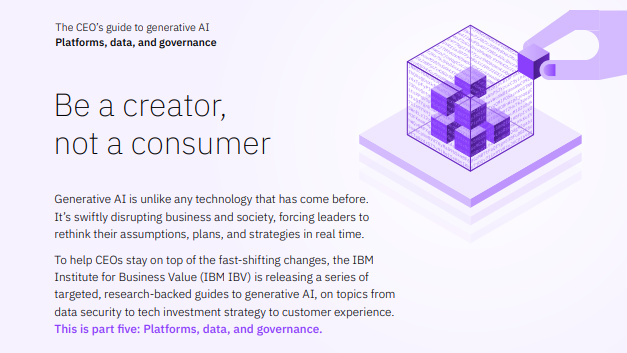 The CEO's guide to generative AI: Be a creator, not a consumer
The CEO's guide to generative AI: Be a creator, not a consumerWhitepaper Innovate your business model with modern IT architecture, and the principles of trustworthy AI
By ITPro Published
-
 Learning and operating Presto
Learning and operating Prestowhitepaper Meet your team’s warehouse and lakehouse infrastructure needs
By ITPro Published
-
 Scale AI workloads: An open data lakehouse approach
Scale AI workloads: An open data lakehouse approachwhitepaper Combine the advantages of data warehouses and data lakes within a new managed cloud service
By ITPro Published